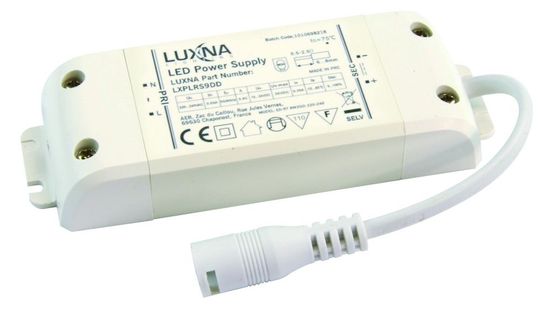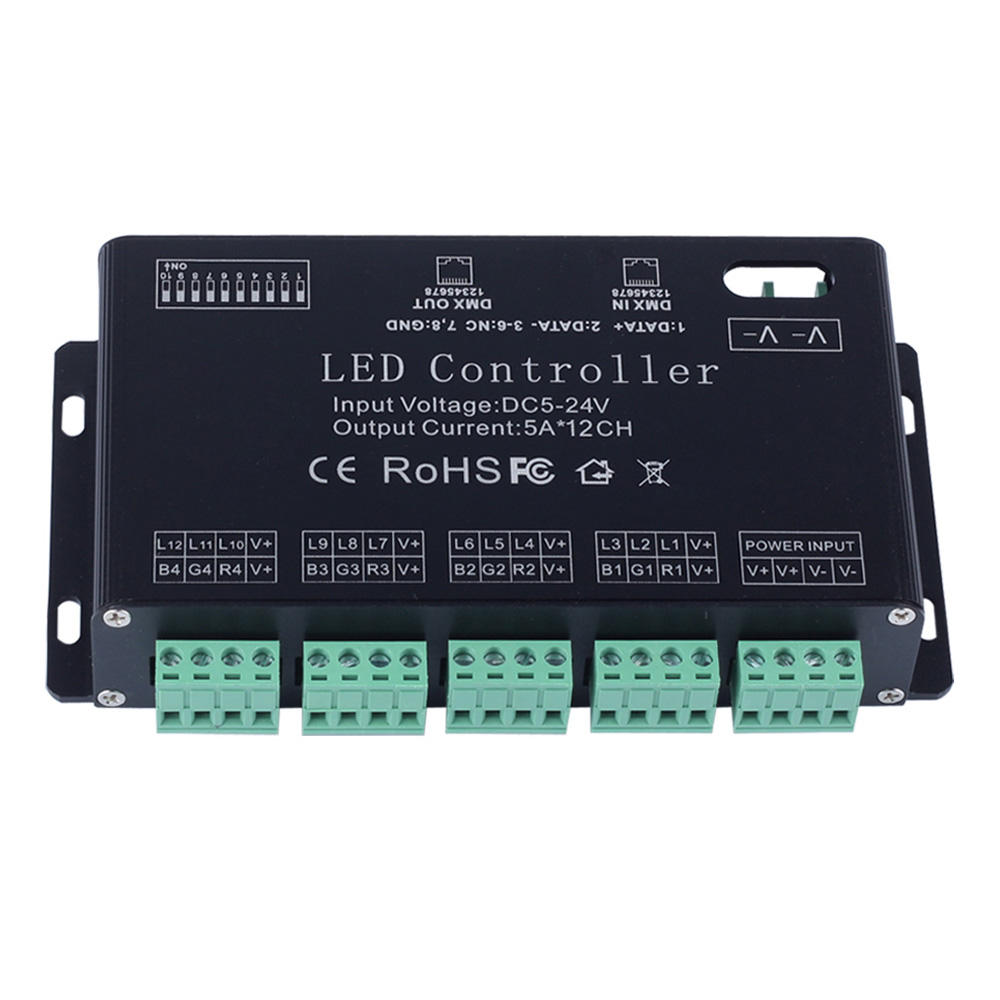

Also, a certain amount of ripple is desirable for stable operation of the peak mode controller if the ripple is small, then the comparator trip point becomes sensitive to noise. In practice, small ripple is impractical as it calls for a large inductor. This error tends to zero if ripple is very small. The difference between the peak and the average current is commonly known as the peak to average error. With the HV9961, the average current can be maintained within 3% across line and load despite loose tolerance on the inductor, opening the possibility to lowering system cost. Supertex's HV9961 improves on this situation by employing a novel and proprietary average current mode control scheme that virtually eliminates errors that occur from changes in line voltage, load voltage, oscillator period, inductor value and other sources of inaccuracy while maintaining the simplicity of the peak current mode controller. Either way, the lack in accuracy comes back as an increase in cost or complexity. The lack of current regulation accuracy may lead to overdesign in the LED string or to additional circuit measures such as trimming for accuracy, line voltage or load voltage feed forward compensation, or possibly a secondary current control loop. Regulation of average LED current is further affected by line and load voltage changes, which are not compensated for in a simple peak current control scheme. Tolerance of parts, such as the inductor, the oscillator, comparator offset and propagation delay all affect the accuracy of the LED current, and may easily lead to errors in the 5 to 10% range. The basic design procedure is to determine the peak current threshold of the inductor current, which is based on the target value of the average LED current and the superimposed current ripple, typically 20 to 30% of average. In exchange for simplicity and low cost, initial accuracy of the average current may suffer and line and load regulation are significant. The typical high side buck driver implements a peak current control scheme, being economical and simple to apply. In general, we desire accurate control over the average value of the LED current. Doing this removes the need for level shifting of the gate signal, thereby lowering the cost of the gate driving circuit. The high side buck converter topology is not much different from the standard buck converter topology, with the difference being that the power stage components are rearranged, so that the MOSFET is attached to the low side and the LED string and catch diode are attached to the high side. The high side buck converter topology is a universal topology for driving high brightness LEDs, that is finding its way into just about any application in low- and high-end markets.


Other benefits of this new control IC are highlighted as well. Tighter current regulation may result in savings as fewer LEDs may be required to guarantee a certain lighting level, not a small consideration in cost sensitive applications. This article discusses the merits of a new control IC specifically designed to improve on the performance of a high side buck controller.


 0 kommentar(er)
0 kommentar(er)
